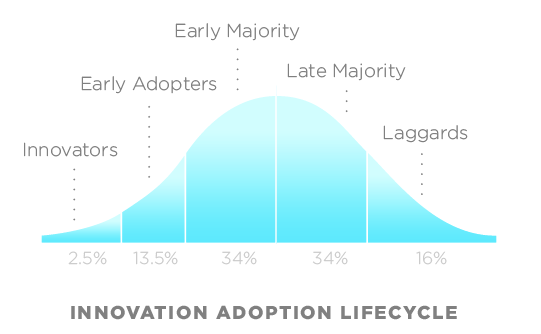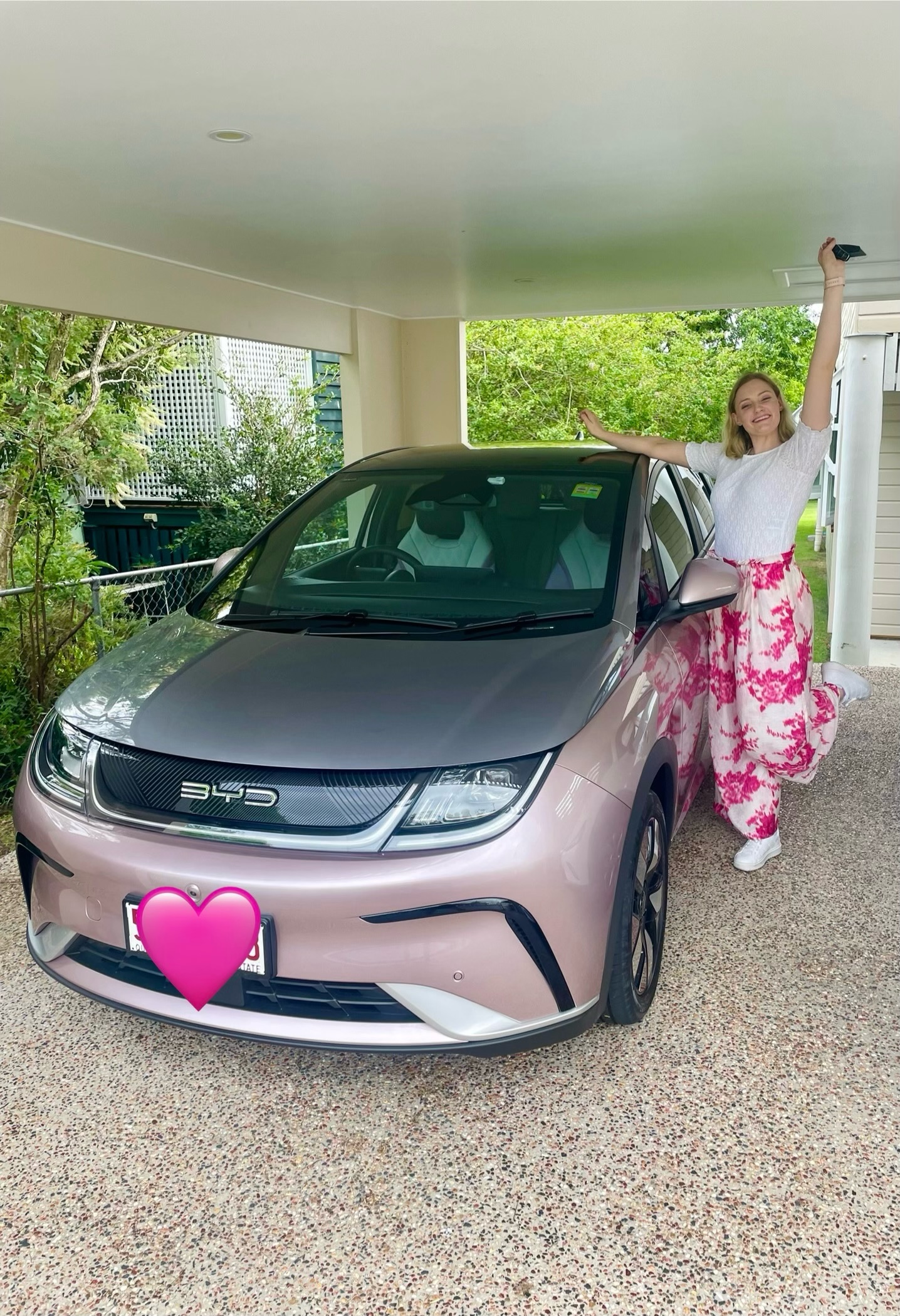
Sign up for daily news updates from CleanTechnica on email. Or follow us on Google News!
Hello, CleanTechnica readers, and welcome to another edition of “Things that are happening in the lab that could change your life one day.” As usual, today’s topic involves a new way of storing electricity and what that might mean in the real world. The news comes from researchers at the University of California at Los Angeles, who say they have discovered a way to take a sheet of graphene, which is basically two-dimensional, and turn it into a fuzzy rug kind of three-dimensional thing like Astroturf to create plastic supercapacitors. For a more precise explanation in scientific terms, please see the report in the journal Advanced Functional Materials. Here is the abstract:
“The development of commercially viable composite conducting polymer electrodes for energy storage is limited by the requirement of multiple and complex fabrication steps, low energy density, and poor cycling stability. In this work, a straightforward, economical, single-step method is developed for creating densely packed nanostructured PEDOT/graphene composite material demonstrating its application as an electrode for supercapacitors. The electrode achieved the highest mass loading reported so far in the literature for composite vapor phase polymerized PEDOT/rGO using aqueous FeCl3 (25.2 mg cm−2), and displayed an ultrahigh areal capacitance of 4628.3 mF cm−2 at 0.5 mA cm−2. The symmetric two-electrode setup displayed an energy density of 169.3 µWh cm−2 and a 70% capacitance retention after 70 000 cycles, showcasing its exceptional performance and durability.”
And here is the context you need to understand why this might be a big deal. Traditionally, plastics have been used in electronics as insulators. In the 1970s, scientists accidentally discovered that some plastics can also conduct electricity. According to TechXplore, this finding revolutionized the field and opened the door to applications in electronics and energy storage. One of the most widely used electro-conductive plastics is called PEDOT, short for poly(3,4-ethylenedioxythiophene). PEDOT is a flexible, transparent film often applied to the surfaces of photographic films and electronic components to protect them from static electricity. It is also found in touchscreens, organic solar cells, and electrochromic devices such as windows that can switch from light to dark at the press of a button.
Supercapacitors Made From Graphene
Until now, PEDOT has not been suitable for energy storage because it lacked the electrical conductivity and surface area needed to hold large amounts of energy. The UCLA scientist addressed this by making the graphene grow nanofibers that exhibit exceptional conductivity and expand the surface area of the material, both of which are essential for enhancing the energy storage capabilities of PEDOT.
Unlike batteries, which store energy through chemical reactions that are relatively slow, supercapacitors store and release energy by accumulating electrical charge on their surface, which allows them to charge and discharge extremely quickly. That characteristic makes them ideal for applications that require rapid bursts of power such as regenerative braking systems in hybrid and electric vehicles. Better supercapacitors could lead to better electric vehicles that could help humans learn how to reduce their dependence on fossil fuels.
The UCLA scientists used a unique vapor-phase growth process to create vertical PEDOT nanofibers that resemble dense grass growing upward. That dramatically increases the surface area of the material, which allows it to store more energy. By adding a drop of liquid containing graphene oxide nanoflakes and ferric chloride on a graphite sheet, the researchers exposed this sample to a vapor of the precursor molecules that eventually formed the PEDOT polymer. The authors used these PEDOT structures to fabricate supercapacitors with excellent charge storage capacity and extraordinary cycling stability, reaching nearly 100,000 cycles. The advance could pave the way for more efficient energy storage systems, directly addressing global challenges in renewable energy and sustainability.
“The material’s unique vertical growth allows us to create PEDOT electrodes that store far more energy than traditional PEDOT,” said corresponding author and UCLA materials scientist Maher El-Kady. “Electric charge is stored on the surface of the material, and traditional PEDOT films don’t have enough surface area to hold very much charge. We increased the surface area of PEDOT and thereby increased its capacity enough to build a supercapacitor. A polymer is essentially a long chain of molecules built out of shorter blocks called monomers. Think of it like a necklace made from individual beads strung together. We heat the liquid form of the monomers inside a chamber. As the vapors rise, they react chemically when they come in contact with the surface of the graphene nanoflakes. This reaction causes the monomers to bond and form vertical nanofibers. These nanofibers have a much higher surface area, which means they can store much more energy.”
Fast & Durable
The new PEDOT material has exceeded expectations in several critical areas. Its conductivity is 100 times higher than that of commercial PEDOT products, making it far more efficient for charge storage. In addition, the active surface area of the PEDOT nanofibers is four times greater than traditional PEDOT. This increased surface area is crucial because it allows for much more energy to be stored in the same volume of material, significantly boosting the performance of supercapacitors. The new material has one of the highest charge storage capacities for PEDOT reported to date — more than 4,600 milliFarads per square centimeter, which is nearly one order of magnitude higher than conventional PEDOT.
In addition, the material is durable enough to last through more than 70,000 charging cycles, which is far more than traditional materials. These advances open the door for supercapacitors that are not only faster and more efficient but also longer lasting, which are essential qualities for the renewable energy industry. “The exceptional performance and durability of our electrodes shows great potential for graphene PEDOT’s use in supercapacitors that can help our society meet our energy needs,” said corresponding author Richard Kaner, a UCLA distinguished professor of chemistry and of materials science and engineering, whose research team has been at the forefront of conducting polymer research for over 37 years. As a doctoral student, Kaner contributed to the discovery of electrically conductive plastic by his advisors Alan MacDiarmid and Alan Heeger, both of whom later received a Nobel Prize for their work. Other authors on the study include Musibau Francis Jimoh, Gray Carson, and Mackenzie Anderson, who are all at UCLA.
Readers know I am math-challenged. It is the reason I am a writer and not a world famous surgeon. I flunked calculus in college and that kept me out of med school. Sic transit gloria mundi. So I have to admit I really have no idea whether 4600 milliFarads per square centimeter is a lot or a little. I did a quick online search to discover the relationship between a Farad and a watt-hour and was unable to interpret the result. What I got was a formula that made my eyes glaze over: W=0.5∗C∗(dV/dt)2. Suffice to say, I am not qualified to judge whether this discovery from UCLA is significant or just background noise, and so I leave it up to you to decide.
Hat tip to Dan Allard
Chip in a few dollars a month to help support independent cleantech coverage that helps to accelerate the cleantech revolution!
Have a tip for CleanTechnica? Want to advertise? Want to suggest a guest for our CleanTech Talk podcast? Contact us here.
Sign up for our daily newsletter for 15 new cleantech stories a day. Or sign up for our weekly one if daily is too frequent.
CleanTechnica uses affiliate links. See our policy here.
CleanTechnica’s Comment Policy




